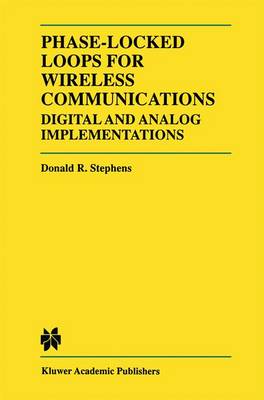This book is intended for the graduate or advanced undergraduate engineer. The primary motivation for writing the text was to present a complete tutorial of phase-locked loops with a consistent notation. As such, it can serve as a textbook in formal classroom instruction, or as a self-study guide for the practicing engineer. A former colleague, Kevin Kreitzer, had suggested that I write a text, with an emphasis on digital phase-locked loops. As modem designers, we were continually receiving requests from other engineers asking for a definitive reference on digital phase-locked loops. There are several good papers in the literature, but there was not a good textbook for either classroom or self-paced study. From my own experience in designing low phase noise synthesizers, I also knew that third-order analog loop design was omitted from most texts. With those requirements, the material in the text seemed to flow naturally. Chapter 1 is the early history of phase-locked loops. I believe that historical knowledge can provide insight to the development and progress of a field, and phase-locked loops are no exception. As discussed in Chapter 1, consumer electronics (color television) prompted a rapid growth in phase-locked loop theory and applications, much like the wireless communications growth today. xiv Preface Although all-analog phase-locked loops are becoming rare, the continuous time nature of analog loops allows a good introduction to phase-locked loop theory.
- ISBN13 9781461376187
- Publish Date 15 October 2012 (first published 1 June 1998)
- Publish Status Active
- Publish Country US
- Imprint Springer-Verlag New York Inc.
- Edition Softcover reprint of the original 1st ed. 1998
- Format Paperback
- Pages 379
- Language English
